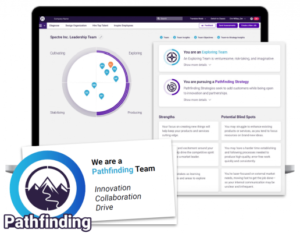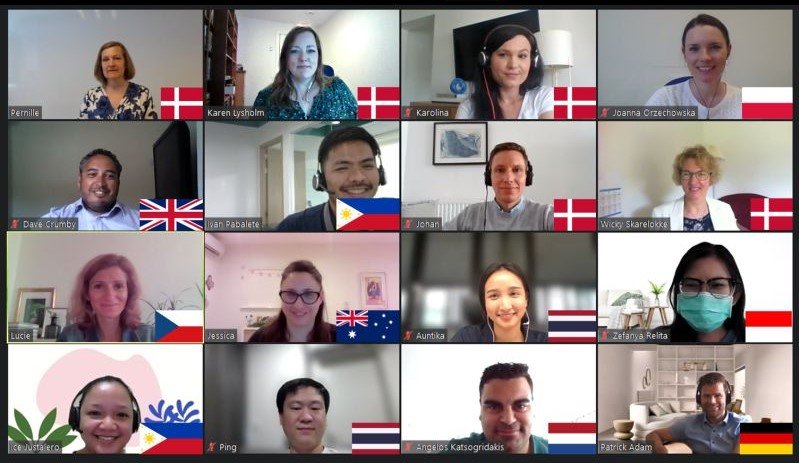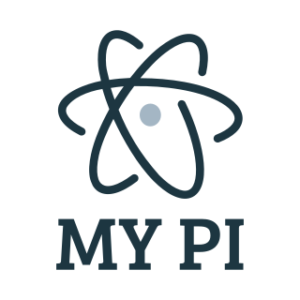
What is Team Discovery by The Predictive Index?
Unlock the full potential of your team with data-driven insights from Team Discovery™, helping you build a cohesive, high-performing unit aligned with your strategic goals.


Reading Time: 5 minutes
A damning report recently published by Harvard and Accenture has taken aim at both people and technology related to talent acquisition. In fact, they concluded that a complete reform of talent acquisition is needed:
Such drastic recommendations are in response to their findings:

If you look at talent acquisition as a system, the problem starts with the input.
Whilst the report tears apart the entire talent acquisition process, it is obvious to me that the problem starts with the input – the information being fed (by humans) into computers.
ATS and RMS were introduced to maximise the efficiency of hiring processes and allowed the capability to instantly source through countless applications, which freed up time for talent professionals to concentrate on the candidates with the ‘best fit’.
“The direct cost and time to fill a vacancy could be minimized by eliminating marginally less qualified applicants from consideration by using artificial intelligence to filter the unsuitable and rank the remainder … they combined to create a growing and dangerous dichotomy in the workforce.”
In a sense, 2 groups were created:
“Through their reliance on an automated hiring process, companies regularly eliminate all but those candidates who most closely match the job requirements specified. Others are excluded from the process, however marginal their deficiencies.”
This artificial labour shortage has been exasperated by the accelerating development of technology, which is making it increasingly difficult to find and attract candidates with the necessary hard skills. The traditional learning institutions cannot keep pace with the changing demands of employers and since the pandemic hit, there has also been an exponential rise in demand for social (soft) skills.
In essence, talent teams and stakeholders are inputting unrealistic expectations into their talent systems and requesting skills (soft and hard) and experience, which the labour market simply does not have.

It is obvious there is a massive focus on hiring for skills. What happened to hire for character, train for skills? Skills can be taught, attitudes cannot.
So it’s the computers fault?
No
It’s the people writing impractical job descriptions and inputting unrealistic criteria into ATS and RMS.
A majority (72%) of employers surveyed acknowledged that when creating a new job posting for middle-skills workers, they used the existing job posting or slightly modified it. Only 19% of employers significantly modified an existing job description template, and only 8% created a completely new job description for middle-skilled workers.
For high-skilled workers, 38% of employers either used the same template or slightly modified it; 35% of employers significantly modified an existing job description template; and only 25% created a completely new job description.
Did you know that the top 3 reasons that stop people from applying to a job description are:
Hiring managers take note. You are not getting the talent you need because stakeholders are not taking the start of the recruitment process seriously. Your future star employee has not applied because they don’t quite have the expected years of experience needed / or they had to take time out to care for a loved one, which meant they are not quite up to speed.
Once again, it starts with the input.

It’s time for talent acquisition professionals and all stakeholders to take ownership of their responsibilities and put some TLC into the most important component of their talent system – THE INPUT.
How?
I recently completed my Predictive Index (PI) Certification recently through Humanostics and had the pleasure of collaborating with some of the smarted talent and HR professionals from around the world. During one of our case studies we were tasked with discussing the important steps needed to creating an effective job description. This is what we decided:

What was fascinating is as part of the same case study we had the chance to create a job description using Predictive Index’s Hire.
What is Hire?
Hire is a four-part talent optimization discipline, which combines powerful recruiting software and 65 years of behavioral science to make the right hires—with confidence. You use talent optimization insights based on people data to hire top talent and build high-performing teams.
It is simple to use; yet thorough, and on the ball for what the position required.
How does it work?
Want to learn more about PI? Let’s connect or try it now
Whatever you do, just remember to address problem first – the input
Good luck with your hiring processes,
Dave Crumby
Founder at 360 Talent Solutions | Associate Partner at Humanostics
P.S. The answer to the riddle is ECHO! Did you get it right?



Unlock the full potential of your team with data-driven insights from Team Discovery™, helping you build a cohesive, high-performing unit aligned with your strategic goals.

Explore how ‘MY PI: Using Science to Transform Your Workplace’ leverages behavioural science to revolutionise HR practices, offering in-depth insights, practical tools, and a vibrant community for HR professionals.

Join The Swiss Talent Optimisation Hub (STOH) to connect with HR professionals dedicated to leveraging Predictive Index tools and behavioural science to overcome unique challenges faced by Swiss businesses and drive organisational success.

Discover how Swiss companies can optimise their hiring and talent management strategies with the Predictive Index, a powerful tool that enhances workforce insights and decision-making, supported by Humanostics and 360 Talent Solutions.
| Cookie | Duration | Description |
|---|---|---|
| cookielawinfo-checbox-analytics | 11 months | This cookie is set by GDPR Cookie Consent plugin. The cookie is used to store the user consent for the cookies in the category "Analytics". |
| cookielawinfo-checbox-functional | 11 months | The cookie is set by GDPR cookie consent to record the user consent for the cookies in the category "Functional". |
| cookielawinfo-checbox-others | 11 months | This cookie is set by GDPR Cookie Consent plugin. The cookie is used to store the user consent for the cookies in the category "Other. |
| cookielawinfo-checkbox-necessary | 11 months | This cookie is set by GDPR Cookie Consent plugin. The cookies is used to store the user consent for the cookies in the category "Necessary". |
| cookielawinfo-checkbox-performance | 11 months | This cookie is set by GDPR Cookie Consent plugin. The cookie is used to store the user consent for the cookies in the category "Performance". |
| viewed_cookie_policy | 11 months | The cookie is set by the GDPR Cookie Consent plugin and is used to store whether or not user has consented to the use of cookies. It does not store any personal data. |